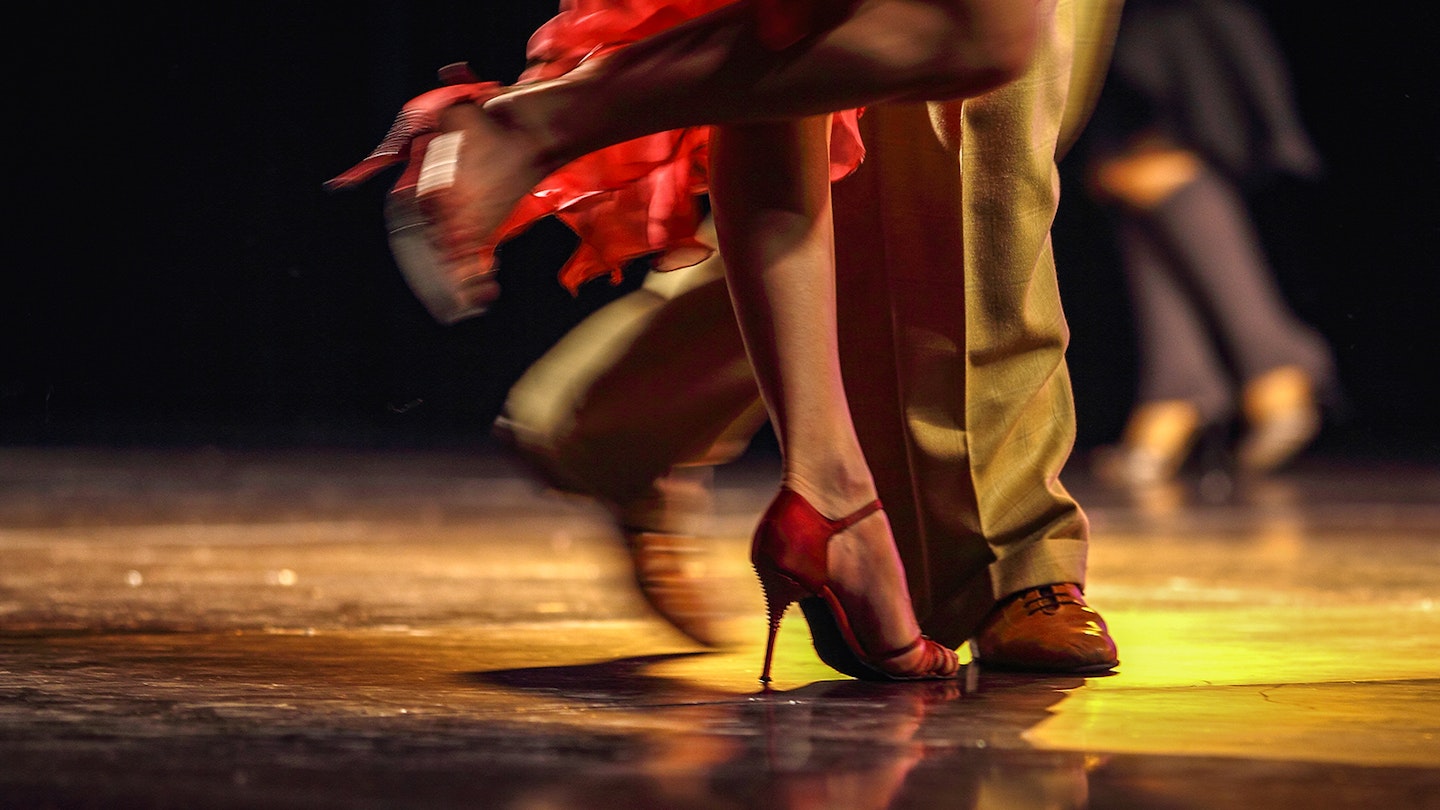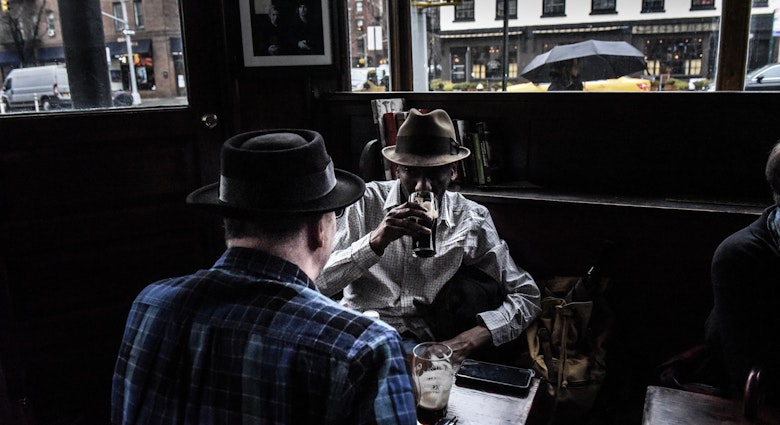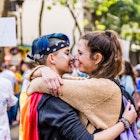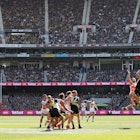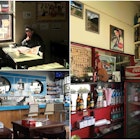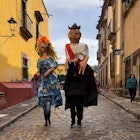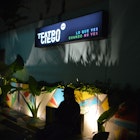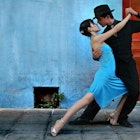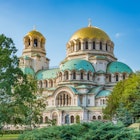Some days at sunset, the whole of Buenos Aires seems to be moving to the rhythm of a tango soundtrack – old gents deal cards in corner bars while Carlos Gardel’s voice wafts out of a transistor radio, a child plays the bandoneón (accordion) for tourists on the Subte, and local dancers warm up for a nightly milonga (social dance) as the beat-up sound system plays tango classics.

This iconic dance and musical form is experiencing a revival in Buenos Aires. Not only do the nostalgic old tango dancers have a renewed sense of pride in the tradition, foreigners are doubly entranced by the melancholic tango. Walk past the Sunday night milonga in San Telmo’s Plaza Dorrego and you’ll see eager young travelers putting their first tango lessons to the test, dancing cheek-to-cheek with distinguished-looking partners three times their age.
Social dances in tango dance halls are particularly popular, and while the afternoon milonga at Confitería Ideal attracts a sizable crowd, the Saturday night milonga (which runs until 4am) is packed.
For many years, tango was despised by the porteño (Buenos Aires locals) elite and considered a vulgar pastime of the working class. The dance had humble beginnings, to be sure. It is said that it got going at the end of the 19th century in Buenos Aires’ brothels, where a melting pot of poor immigrants and country folk danced together while waiting their turn to slip behind the bedroom door.
The tango drew on stylistic influences from African, Spanish, Italian and traditional Argentine dance forms. Developed by men who had left their families behind to start a life in Argentina’s bustling capital city, the dance expressed machismo, passion, longing and a fighting edge – and was set to an emerging sound rooted in Spanish and Italian melodies, criollo (Argentine-born) verse and Afro-Uruguayan candombe (a drum-based rhythm).
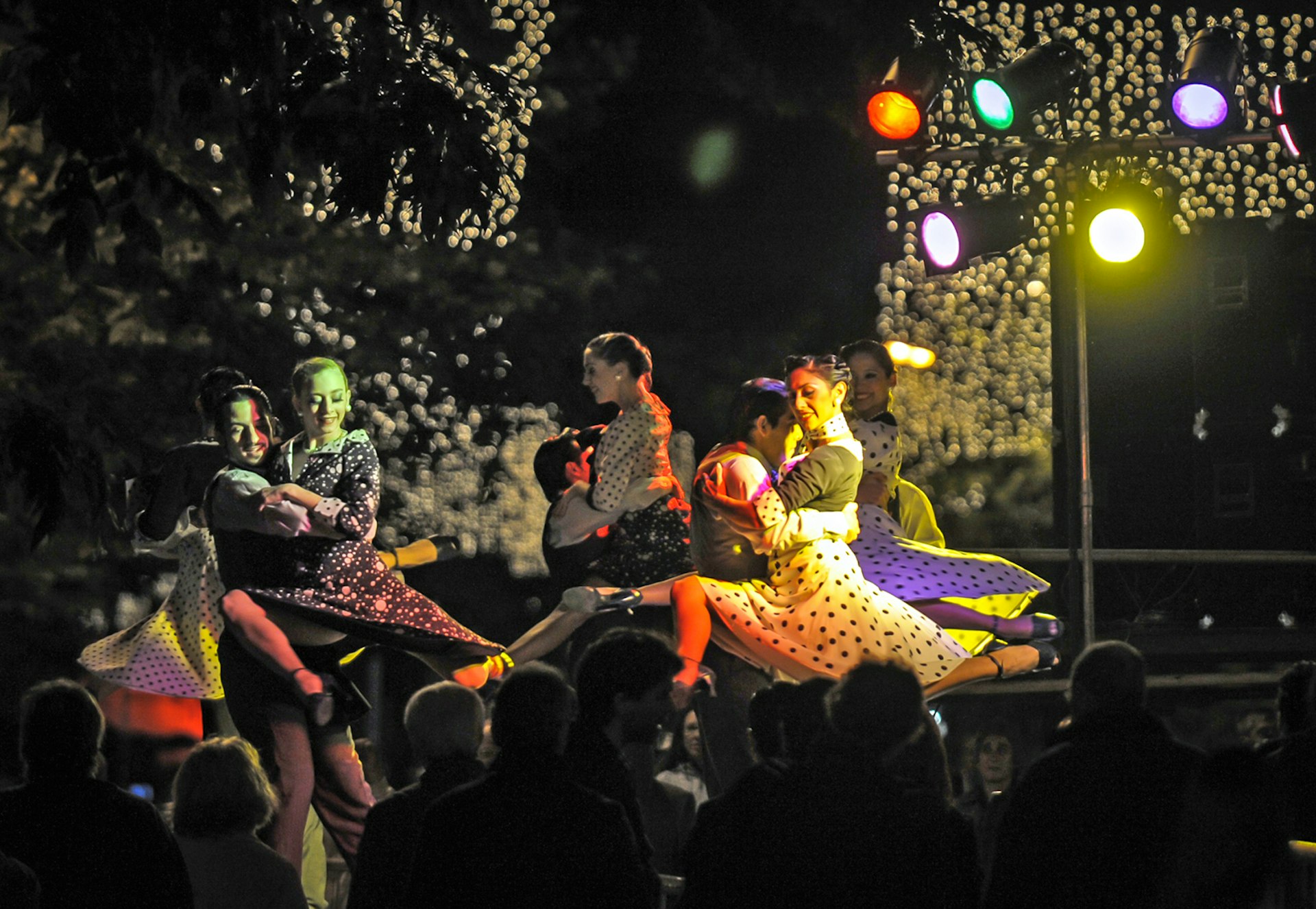
When Argentine musicians took tango to Paris at the beginning of the 20th century, it quickly swept through the ballrooms of Europe. By 1913, everyone wanted to dance the tango, and only then did the porteño aristocrats embrace the trend in the upscale dance halls of Recoleta in Buenos Aires. In 1917, Carlos Gardel recorded the poetic ‘Mi Noche Triste’ (My Sad Night). Considered the genre’s first anthem, it featured Gardel’s crooning, charismatic voice and set a new standard – laments of lost love, faraway mothers and changing barrios would become the musical expression of the porteño psyche.
The genre continued to transform throughout the following decades with the introduction (and later decline) of orchestras. By the 1970s, the legendary Astor Piazzolla, a master on the bandoneón, was moving tango out of the dance halls and blending the form with jazz and classical music in international music venues. After the economic crisis of 2001, former rocker Daniel Melingo experimented with adding a harder edge to tango and trading the old-fashioned text for contemporary lyrics.
Music collectives Bajofondo Tango Club (now known simply as Bajofondo) and Paris-based Gotan Project ignited tango electrónica, an energetic and sensual music form that’s become extremely popular in Buenos Aires and abroad.
See it
Tango classes, milongas (dance halls or dance events) and shows are everywhere. Sensationalised tango shows aimed at tourists are common, and 'purists' don't consider them authentic – though this doesn't necessarily make them bad. Modest shows are more intimate and cost far less, but you won't get the same level of visual punch. For free (that is, donation) tango in Buenos Aires, head to Galerías Pacíficos for daily street performances; Sundays in San Telmo, dancers do their thing in Plaza Dorrego (but it's crowded, so watch your bag). Another good bet is weekends on Caminito in La Boca.

Hear it
Dive into tango through the music of the genre's most legendary performer, singer Carlos Gardel (1887–1935). Violinist Juan D'Arienzo's orchestra reigned over tango throughout the 1930s and into the 1940s. Osvaldo Pugliese and Hector Varela are important bandleaders from the 1940s, but the real giant of the era was bandoneón (an accordion-like instrument) player Aníbal Troilo. Modern tango is largely dominated by the work of bandoneón maestro Astor Piazzolla who paved the way for the tango fusion of the 1970s and continues to this day with tango electrónica groups such as Bajofondo Tango Club.
Learn it
Tango classes are available just about everywhere, from youth hostels and cultural centers to all the milongas. With so many foreigners flooding BA to learn the dance, many instructors now teach in English. Milongas are very affordable and start in either the afternoon or evening. For a unique outdoor experience, head to the bandstand at the Barrancas de Belgrano, where the casual milonga 'La Glorieta' takes place on Sunday evenings at around 8pm (free tango lessons given earlier).
The etiquette
Tango is a serious business. At an established milonga, choosing a partner involves many hidden codes, rules and signals. After all, no serious dancer wants to have someone stepping on their toes. If you arrive solo, you should sit with easy access to the floor. Couples sit further back.
The cabeceo – the quick nod, eye contact and uplifted eyebrows that signals a person would like to dance – can happen from across the room. The recipient of the head nod either nods yes or pretends not to have noticed. It's polite to dance at least two songs; if you are given a curt 'gracias' after one, consider that partner is unavailable for the night. If you don't want to dance with anyone, don't look around too much – you could be breaking hearts.

Get started - Buenos Aires' best tango halls
- El Beso - A traditional, popular upstairs place that attracts some very good dancers. It's got a good feel and a convenient bar as you enter.
- Gricel - This old classic (far from the centre, take a taxi) is open on weekends, attracting an older, well-dressed crowd.
- La Marshall - Best known for 'Milonga Gay,' its gay tango night. Classes at 10:30pm, milonga starts at 11:00pm.
- La Viruta - Located in the basement of the Asociación Cultural Armenia building. Good beginner tango classes available.
- Niño Bien - Beautiful atmosphere, large ballroom and good dance floor. Gets very crowded so come early and dress well. (It's far from the center – take a taxi.)
- Salon Canning - Some of BA's finest dancers grace this traditional venue. Well-known tango company Parakultural often stages good events here.
- Sin Rumbo - One of the oldest tango joints in BA. Local neighborhood place that attracts older professionals. Far from the center in Villa Urquiza; take a taxi.
This article was updated in April 2019.
Make sure you're ready for anything with travel insurance from our trusted partners.
